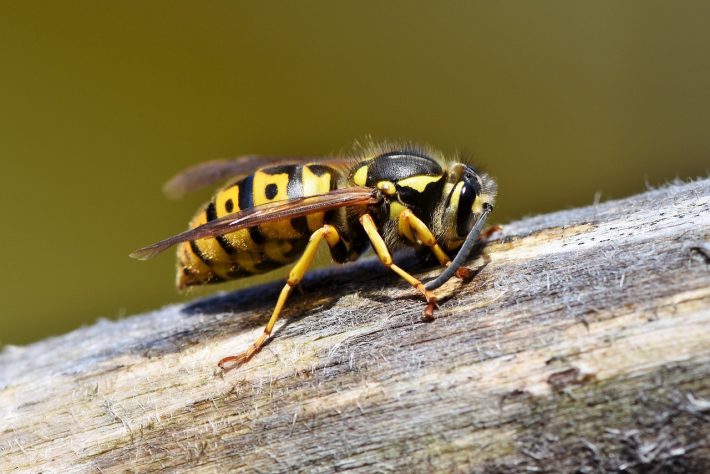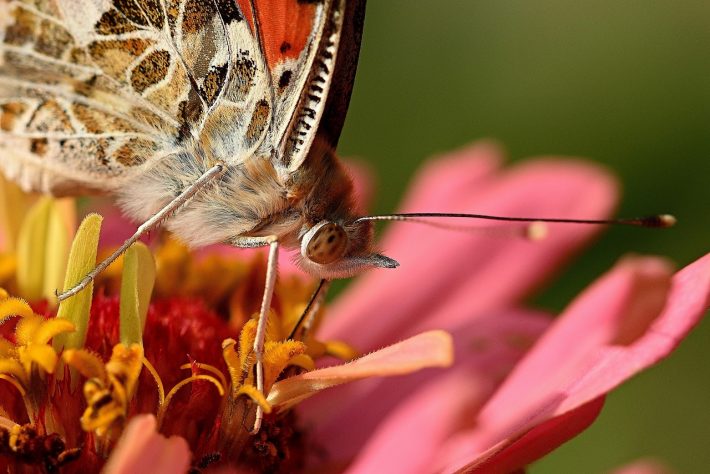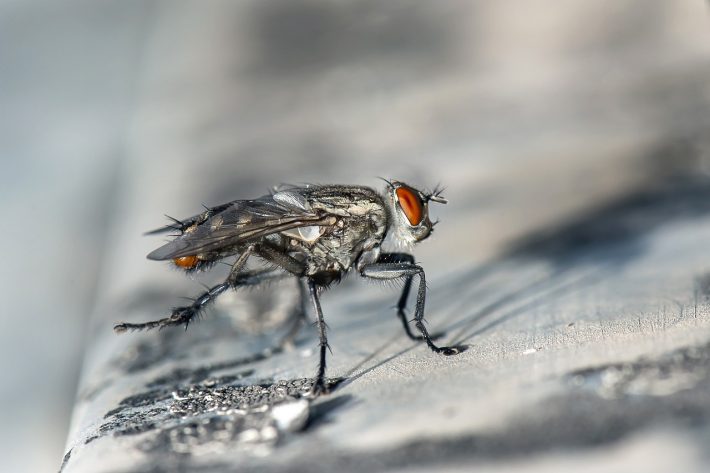Insect evolution patterns confirmed using new imaging technique
A research team from the Museum National d’Histoire Naturelle (MNHN) in Paris have created a new method for studying insect evolution.

We know very little about insect evolution despite them inhabiting every kind of environment on our planet. At a time when the future of many insect species is threatened, researchers are looking to advance their knowledge of insects, by looking into their evolutionary past.
The new method for studying insect evolution utilises a technique known as X-Ray microtomography. It is a 3D imaging technique that allows researchers to see the structure of an insects wing, and their veins in particular. This technology is similar to a CT scan in a hospital, but on a much smaller scale. It can also produce significantly more detailed images.

The new method is the result of years of technical development and observations of insect wings in 3D. Using microtomography, researchers can accurately reconstruct the base of an insect wing to identify its structure.
Understanding the evolution of insects is a major research topic because they are the largest organism group on the planet. One of the first discoveries found using microtomography has been the identification of a ‘forgotten’ vein in most insects. The vein enables scientists to complete the structural plan of insect wings, which is necessary for studying their evolution.

The change of scale that microtomography provides new information about the structure of the wing itself and consolidates evolutionary hypotheses. Beyond their research on insects, the authors underline the possibility of microtomography to be used for studying all non-mineralised organisms. For example, studying leaves and their veins to understand their organisation and functioning, alongside many other apparently “flat” structures or organs.
This article is based off of a Museum National d’Histoire Naturelle press release.
Read more here:
https://besjournals.onlinelibrary.wiley.com/doi/abs/10.1111/2041-210X.14132
Like what we stand for?
Support our mission and help develop the next generation of ecologists by donating to the British Ecological Society.